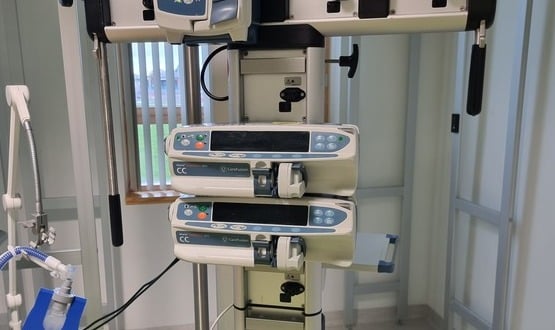Standard infusion pump software to go live at Alder Hey Children’s Hospital
- 6 June 2024

The use of standard infusion pumps with new software and programming will go live at Alder Hey Children’s NHS Foundation Trust in summer 2024, following validation and staff training.
The pumps, supplied by global medical technology company BD, are used for to administration of medicines over a period of time longer than five minutes and are extensively used in paediatrics.
Examples of the type of medicines used with infusion pumps include pain relief, sedation, blood pressure control and electrolyte replacement.
The infusion pumps are already in use at the trust, but an ongoing project is working on the creation of a standardised paediatric dataset for use with them, which is more easily ready by the electronic patient record (EPR) for prescribing.
Peter White, chief nursing information officer at Alder Hey Children’s Hospital, told Digital Health News: “The reason why the standard infusions work is so vital is that traditionally we used weight-based dosing which is bespoke for each patient.
“However, EPR systems really struggle to safely prescribe these ranges, whereas the standard infusions mean we can put safety measures in place to reduce the risk of over/under dosing patients.”
He added that the patients who most benefit from the use of infusion pumps include those who are post-operative or receiving critical or complex care.
White, who is a member of the Digital Health CNIO Network Advisory Panel, said that the trust is going through the validation process for the pumps regionally and has “made progress setting the profiles into the infusion pumps” and providing staff training.
The aim is for the trust to go live with the new pump software in summer 2024, with integration work continuing to interface directly into Alder Hey’s Meditech EPR as part of a separate workstream.
Data from the pumps will be directly integrated into the patient record, which will record how much of the drug has been administered, as well as the type of drug, pressure used to push the drug in – protecting the vein it is going into – and any alarms or boluses administered.
“We are also going to utilise the central monitoring system so that we can improve reporting for medication with added risk factors such as insulin or heparin, which is currently a manual process,” White said.



